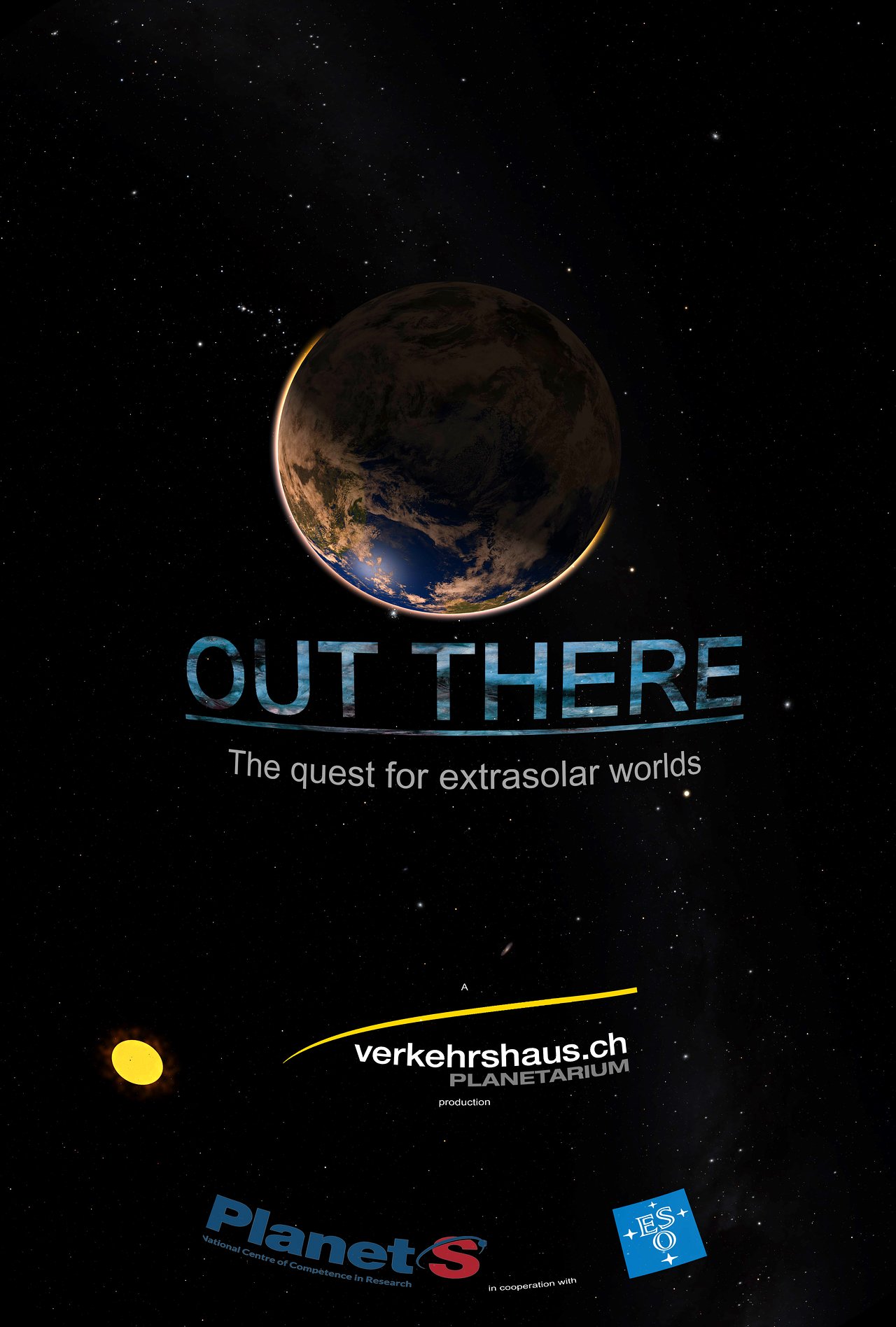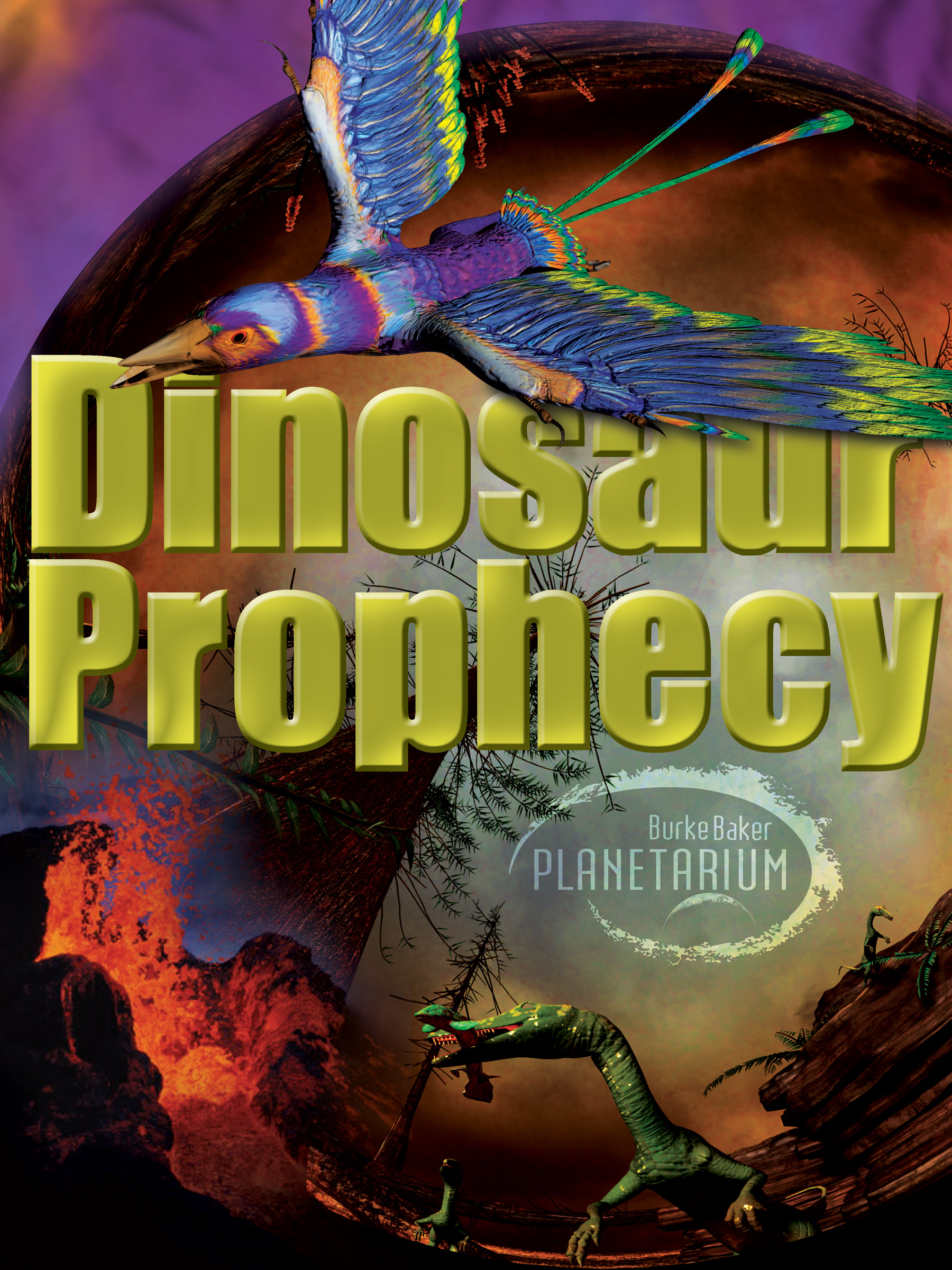The Shows
A Way to Infinity (Y)
A WAY TO INFINITY is a full dome documentary for digital planetaria that brings the audience on a journey into the understanding of the mathematical nature of Infinity, and its relation to the Universe. The show is intended for high school students and adults.
Cosmic Origins Spectrograph (Y)
Cosmic Origins Spectrograph is a fulldome look at the Cosmic Origins Spectrograph instrument installed on the Hubble Space Telescope in 2009 during Servicing Mission 4, as well as the science behind its utility. The show covers the basics of spectroscopy at a high level, and touches on the processing of galactic and extragalactic gas. Other topics include the use of quasars as background light sources, cosmic evolution, and the development of large scale structure. This show was originally contracted as a non-fulldome "teaching module" for classroom use, by Dr. Jim Green at the University of Colorado Boulder.
Cosmology (Y)
The contemplation of our Universe is as old as time itself, yet our understanding of the origins and the nature of the Cosmos is less than 100 years old. This immersive film describes our current knowledge of the beginning and eventual fate of the Universe, based on modern scientific and observational/evidence. From our earliest speculations about the size of the Universe to the Big Bang Theory, this overview of the science of Cosmology outlines how our understanding has evolved over time.
Europe to the Stars (Y)
A journey behind the scenes at the most productive ground-based observatory in the world: the European Southern Observatory. Discover the science, the history, the technology, and the people. Learn how the best places in the world are located for observing, how gigantic telescopes are built, and what mysteries of the Universe they are revealing. The story of the European Southern Observatory is not only one of cosmic curiosity, courage, and perseverance; but also a story of designing, building, and operating the most powerful ground-based telescopes on the planet.
Out There (Y)
For thousands of years, humanity believed the Earth was the center of the Universe. Yet thanks to our curiosity, imagination, and urge to explore, we now know that planets like Earth are nothing special in the Cosmos. The Sun is an ordinary star among hundreds of billions in our galaxy. With the world’s most powerful telescopes, we explore more and more of the Universe and what we’re discovering is surpassing the wildest expectations of scientists and science fiction writers. Most stars have planets.
Phantom of the Universe (Y)
An exciting up-to-date exploration of dark matter - from its origins in the Big Bang to its observed effects in the Universe to its currently anticipated discovery at the Large Hadron Collider. In this 360° film, we witness the first hints of dark matter's existence through the eyes of Fritz Zwicky, the scientist who coined the term dark matter. We then learn about the galaxy rotation rate discoveries of female astronomer Vera Rubin before plunging deep underground to the world's most sensitive dark matter detector in a former gold mine. We also journey across time and space to the Large Hadron Collider at CERN, speeding alongside atomic particles before they collide in visually stunning explosions of light and sound.
SEEING! - A Photon’s Journey Across Space, Time & Mind (Y)
Stunning 360° visuals of landscapes, skyscapes, wildlife, humanity, and space are used to tell the story of light, sight, and vision. We begin with a photon’s creation inside a distant star and follow its immense journey across the galaxy into the eye of a young stargazer. As the photon enters, we learn about the structures of the eye, their functions, and we ride along the optic nerve. The photon’s energy is converted into electrochemical impulses that travel the neurochemical pathways of our brain, resulting in an image in our mind. Narrated by Neil deGrasse Tyson.
The Sun Our Living Star (Y)
The Sun has shone on our world for four and a half billion years. The sunlight that warms our skin today has been felt by every person who has ever lived. It is our nearest star and our planet’s powerhouse, the source of the energy that drives our winds, our weather and all life. The passage of the Sun’s fiery disc across the sky — day by day, month by month — was the only way to keep track of time for countless past civilizations. Don’t be fooled by the terminology: although it is a typical dwarf star, the Sun consumes 600 million tons of hydrogen each second and is 500 times as massive as all the planets combined. Discover the secrets of our local star and experience never-before-seen images of the Sun’s violent surface in immersive fulldome format.
Black Holes (N)
Black Holes takes you on a fully immersive journey through one of the most mystifying, awe-inspiring phenomena in the universe: a black hole. Where do they come from? Where do they go? How do we find them? Is there one on Earth’s horizon? What was Einstein’s connection to them?
Unveiling the Invisible Universe (Y)
For tens of thousands of years, humans have used their eyes to see light coming from the night sky. Today we use scientific instruments to observe the invisible Universe around us. At the beginning of the 17th century, the invention of the astronomical telescope by Galileo revolutionized our knowledge of the Universe. In the 20th century, with the arrival of rockets, it became possible to travel above the Earth’s atmosphere and observe X-ray and gamma-ray radiation, revealing evidence of a hot and violent Universe.
Dark (Y)
DARK is a full dome movie that explains and explores the nature of dark matter, the missing 80% of the mass of the Universe. The search for dark matter is the most pressing astrophysical problem of our time – the solution to which will help us understand why the Universe is as it is, where it came from, and how it has evolved over billions of years – the unimaginable depths of deep time, of which a human life is but a flickering instant. But in that instant, we can grasp its immensity and, through science, we can attempt to understand it.
Dark Matter Mystery (Y)
What keeps Galaxies together? What are the building blocks of the Universe? What makes the Universe look the way it looks today? Researchers all around the world try to answer these questions. We know today that approximately a quarter of the Universe is filled with a mysterious glue: Dark Matter. We know that it is out there. But we have no idea what it is made out of. This fulldome planetarium show takes you on the biggest quest of contemporary astrophysics. You will see why we know that Dark Matter exists, and how this search is one of the most challenging and exciting searches science has to offer. Join the scientists on their hunt for Dark Matter with experiments in space and deep underground. Will they be able to solve the Dark Matter Mystery?
The Hot and Energetic Universe (Y)
A 360° film describing the achievements of modern astronomy; the variety of modern terrestrial and orbital observatories; the basic principles of electromagnetic radiation and the natural phenomena investigated by high-energy astrophysics. High-energy astrophysics plays a key role in understanding the Universe and its hot and violent nature. The hot gas within clusters of galaxies (the most massive objects in the Universe) is studied with advanced observatories, together with the hot gas accreting around supermassive black holes in the centers of galaxies. High energy radiation also provides important information about our own galaxy, neutron stars, supernova remnants, and stars like our Sun.
Cosmic Castaways (Y)
This passage describes the existence of areas in the night sky where familiar constellations like Orion and the Big Dipper are absent. Instead, these regions contain only a few isolated stars and faint patches of light. Most stars are grouped within galaxies, but some exist in isolation within the vast voids between galaxies, referred to as "cosmic castaways." The passage also mentions that this information is based on the research of astrophysicists Dr. John Feldmeier and Dr. Patrick Durrell and is part of an original production by the Ward Beecher Planetarium. It highlights the intriguing concept of stars existing in relative solitude within the intergalactic voids.
Dinosaur Prophecy (RA)
Long before the dinosaurs' massive extinction 65 million years ago, many individual species simply disappeared. Visit dinosaur graveyards, study their bones, and reconstruct how these creatures lived and died to solve four famous cold cases from the age of the dinosaurs in the Dinosaur Prophecy. Meet the feathered dinosaurs of Leoning. Could today’s ostriches and chickens be the descendants of dinosaurs?
DISTANT WORLDS - ALIEN LIFE? (Y)
The night sky is effectively a view of infinity; could alien life exist out there somewhere? This film investigates the conditions required for life, beginning with planets and moons in our Solar System and venturing out to some of the newly-discovered exoplanets orbiting other stars. Potentially habitable exoplanets are now being discovered regularly - worlds that are not only very far away but also strange and unfamiliar. What could life on these worlds look like? What are the chances of encountering intelligent life in the future and how might we detect it?
Origins of Life (N)
Origins of Life deals with some of the most profound questions of life science: the origins of life and the human search for life beyond Earth. Starting with the Big Bang, in chronological order, the show deals with the prebiotic chemistry in the Universe, the formation of stars, the formation of solar systems, and the first life on Earth. Furthermore, Origins of Life covers the great extinctions as well as our search for (primitive) life beyond planet Earth. This show is an inspirational journey through time and a celebration of life on Earth. It features many recent discoveries related to life science, demonstrating that if there was ever a time that science made its greatest advances, it’s right now!
Realm of light (N)
Realm of Light – A Brief History of Life is a poetic and phenomenal adventure underscored with breathtaking music and sound effects. Upon the request of the Denver Museum of Nature & Science, the Producer developed a new version with a new scientific perspective.
Extrasolar Planets - Discovering New Worlds (RA)
We live on a small planet that revolves around a star that is no different in size, luminosity, or location than any other. It is just one among many. Are the planets that orbit our star what distinguish it from the others? Are there also extrasolar planets that revolve around other stars? If that was the case, could it be that there are inhabitable worlds like Earth? The endless variety of the Solar System is barely a reflection of the infinite diversity of the Universe. But, until now, we only know of one planet where life has developed… ours!
Cycle (Y)
A collection of beautiful time-lapse photographs of the natural world. Over 10,000 high resolution fulldome (360˚) images were compiled to create this film.


















